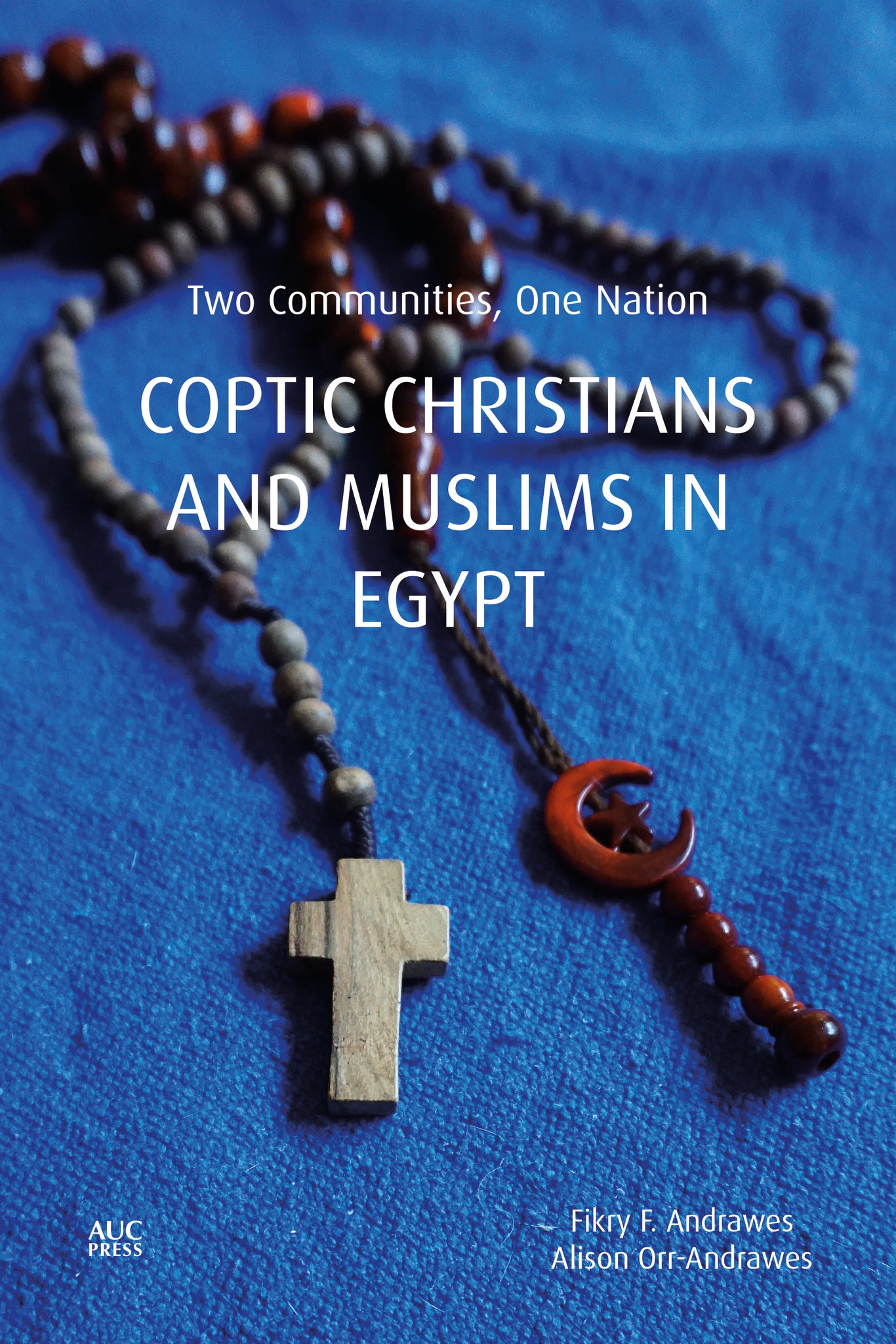We're sorry. An error has occurred
Please cancel or retry.
Coptic Christians and Muslims in Egypt

Some error occured while loading the Quick View. Please close the Quick View and try reloading the page.
Couldn't load pickup availability
- Format:
-
12 March 2019



List of Figures
Notes on Translation
Acknowledgment
Dedication
Introduction
1 Early Christianity in Egypt
Early Christianity in Egypt
The Catechetical School of Alexandria
Monastic Egypt
Diocletian and the Persecution of Christians
Athanasius and the Separation of the Coptic Church
2 The Coming of Islam
Egypt Before the Arab Invasion
The Arabs Arrive in Egypt
Was Egypt Acquired by a Treaty or by Force?
How the Arabs Saw Egypt for the First Time
The Library of Alexandria
Conditions Imposed on Non-Muslims
Early Administration Under Amr Ibn al-As
3 Early Arab Dynasties: The Umayyads and the Abbasids
The Umayyad Dynasty (661-750 A.D.)
The Abbasid Dynasty (750-1517 A.D.)
4 Era of Independent Muslim Dynasties
The Tulunid Dynasty (884-896 A.D.)
The Ikhshidi Dynasty (935-969 A.D.)
The Fatimid Dynasty (909- 1171 A.D.)
The Ayyubid Dynasty (1171-1250 A.D.)
Mohamed Tal’at Harb (1867-194 A.D.)
Rosa al-Yusuf (1888-1958 A.D.)
5 The Mamluk Era (1250-1517 A.D.)
6 The Islamization of Egypt
Threats to Islam from Mongols and Europeans
Changing Demography in the South of Egypt
Rich Coptic Administrators and Tax Collectors
Marriage and Conversion
The Shift from Coptic to Arabic Language
7 Egypt Under the Ottomans (1517-1798)
Turkish Rule
Coptic-Muslim Relations
The Decline of the Ottoman Dynasty
8 The French Adventure in Egypt (1798-1801 A.D.)
Under Napoleonic Rule
Mu’allim Ya’qub: Hero or Traitor?
The End of the French Adventure in Egypt and Its Effects
9 Mohamed Ali Dynasty (1805-1952)
The Founder of Modern Egypt
The Dynasty After the Death of Mohamed Ali
The Coptic Church and Colonialism
10 The Urabi Revolt (1879- 1882 A.D.)
The British, the Muslims, and the Copts
11 Egypt Under the British (1881-1954 A.D.)
12 From Revolt to Revolution (1919-1952 A.D.)
The Wafd Party (1923-1952)
Political Islam
The Copts and Political Islam
Copt-Muslim Relations Among Intellectuals
The Problem of Building Churches in Twentieth Century Egypt
13 The 1952 Revolt and the Nasser Era (1954-1970)
The Coptic Church in Transition
14 The Sadat Era (1970-1981)
Financing and Political Islam
The Rise of Political Islam Under Sadat
[a-head]Sadat’s Difficult Years
15 The Mubarak Era (1981-2011 A.D.)
The Return of Pope Shenouda
A Changing Political, Social, and Economic Climate
16 The January 25 (2011) Revolution and its Aftermath
Epilogue
Appendix 1
Taha Hussein (1889-1973 A.D.)
Salama Musa (1887-1958 A.D.)
Makram Ebeid (1889-1961 A.D.)
Jurji Zaidan (1861-1914 A.D.)
Appendix 2
Notes
Bibliography
Index



